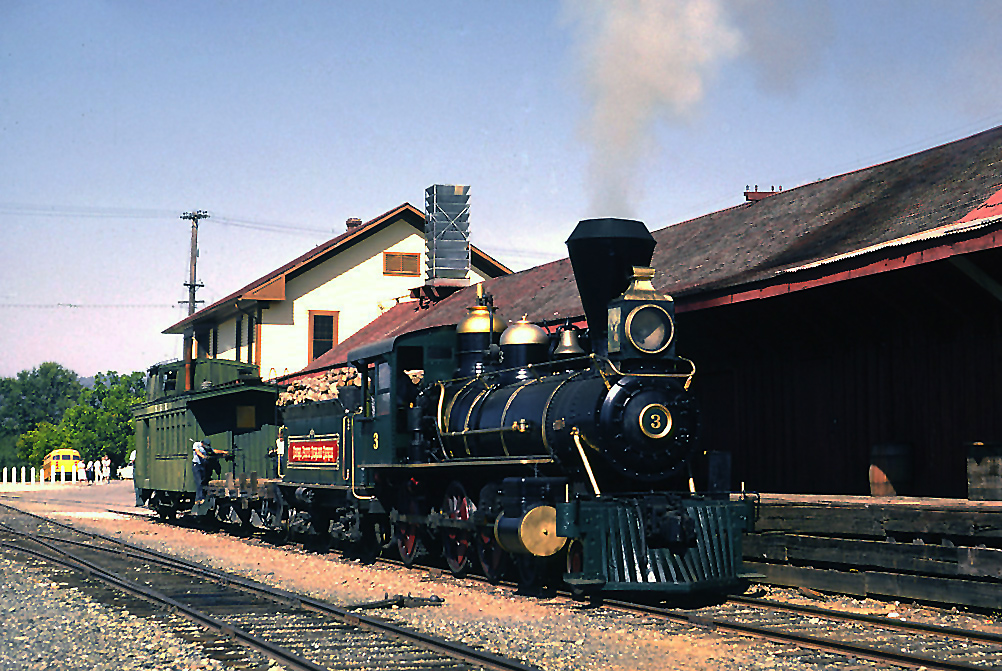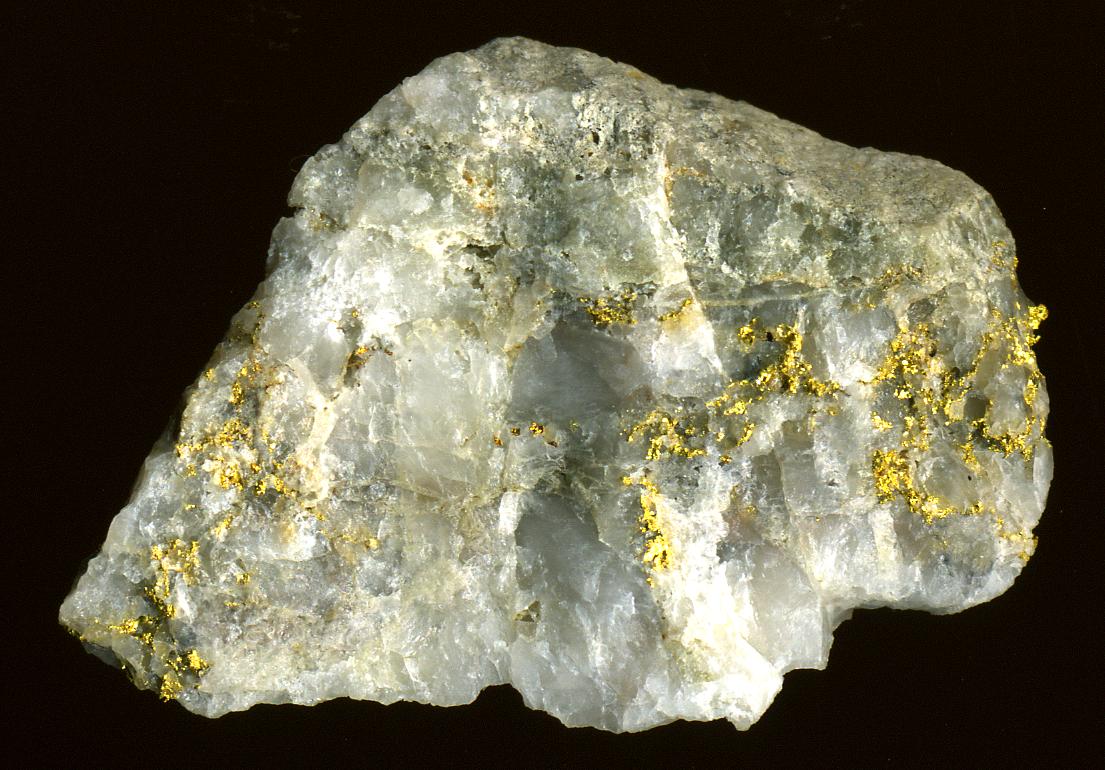Jamestown, California on:
[Wikipedia]
[Google]
[Amazon]


 Jamestown is a
Jamestown is a
Website for Jamestown, CA
Railtown 1897 State Historic Park
{{authority control Census-designated places in California Census-designated places in Tuolumne County, California


 Jamestown is a
Jamestown is a census-designated place
A census-designated place (CDP) is a Place (United States Census Bureau), concentration of population defined by the United States Census Bureau for statistical purposes only.
CDPs have been used in each decennial census since 1980 as the count ...
(CDP) in Tuolumne County, California
California is a state in the Western United States, located along the Pacific Coast. With nearly 39.2million residents across a total area of approximately , it is the most populous U.S. state and the 3rd largest by area. It is also the m ...
, United States. The population was 3,433 at the 2010 census, up from 3,017 at the 2000 census. Formerly a California Gold Rush town, Jamestown is now a California Historical Landmark
A California Historical Landmark (CHL) is a building, structure, site, or place in California that has been determined to have statewide historical landmark significance.
Criteria
Historical significance is determined by meeting at least one of ...
. Jamestown is the home of Railtown 1897 State Historic Park
Railtown 1897 State Historic Park, and its operating entity, the Sierra Railway, is known as "The Movie Railroad." Both entities are a heritage railway and are a unit of the California State Park System. Railtown 1897 is located in Jamestown, Ca ...
and the Sierra Railway, which operates steam passenger trains.
Geography
Jamestown is located at . According to theUnited States Census Bureau
The United States Census Bureau (USCB), officially the Bureau of the Census, is a principal agency of the U.S. Federal Statistical System, responsible for producing data about the American people and economy. The Census Bureau is part of t ...
, the CDP has a total area of , 99.93% of it land and 0.07% of it water.
Demographics
2010
At the 2010 census Jamestown had a population of 3,433. The population density was . The racial makeup of Jamestown was 2,948 (85.9%) White, 20 (0.6%) African American, 96 (2.8%) Native American, 27 (0.8%) Asian, 4 (0.1%) Pacific Islander, 135 (3.9%) from other races, and 203 (5.9%) from two or more races. Hispanic or Latino of any race were 511 people (14.9%). The census reported that 3,423 people (99.7% of the population) lived in households, 10 (0.3%) lived in non-institutionalized group quarters, and no one was institutionalized. There were 1,501 households, 399 (26.6%) had children under the age of 18 living in them, 592 (39.4%) were opposite-sex married couples living together, 209 (13.9%) had a female householder with no husband present, 80 (5.3%) had a male householder with no wife present. There were 100 (6.7%) unmarried opposite-sex partnerships, and 4 (0.3%) same-sex married couples or partnerships. 513 households (34.2%) were one person and 299 (19.9%) had someone living alone who was 65 or older. The average household size was 2.28. There were 881 families (58.7% of households); the average family size was 2.89. The age distribution was 752 people (21.9%) under the age of 18, 289 people (8.4%) aged 18 to 24, 686 people (20.0%) aged 25 to 44, 938 people (27.3%) aged 45 to 64, and 768 people (22.4%) who were 65 or older. The median age was 44.7 years. For every 100 females, there were 90.2 males. For every 100 females age 18 and over, there were 84.1 males. There were 1,645 housing units at an average density of 549.0 per square mile, of the occupied units 885 (59.0%) were owner-occupied and 616 (41.0%) were rented. The homeowner vacancy rate was 3.4%; the rental vacancy rate was 9.5%. 1,857 people (54.1% of the population) lived in owner-occupied housing units and 1,566 people (45.6%) lived in rental housing units.2000
At the 2000 census there were 3,017 people, 1,293 households, and 812 families in the CDP. The population density was . There were 1,446 housing units at an average density of . Theracial makeup
A race is a categorization of humans based on shared physical or social qualities into groups generally viewed as distinct within a given society. The term came into common usage during the 1500s, when it was used to refer to groups of variou ...
of the CDP was 91.48% White, 0.10% African American, 2.22% Native American, 1.19% Asian, 0.27% Pacific Islander, 1.92% from other races, and 2.82% from two or more races. Hispanic or Latino of any race were 9.48%.
Of the 1,293 households 26.2% had children under the age of 18 living with them, 45.9% were married couples living together, 13.1% had a female householder with no husband present, and 37.2% were non-families. 31.1% of households were one person and 18.1% were one person aged 65 or older. The average household size was 2.27 and the average family size was 2.84.
The age distribution was 23.0% under the age of 18, 7.4% from 18 to 24, 22.2% from 25 to 44, 23.2% from 45 to 64, and 24.2% 65 or older. The median age was 42 years. For every 100 females, there were 87.4 males. For every 100 females age 18 and over, there were 79.5 males.
The median household income was $25,847 and the median family income was $34,896. Males had a median income of $27,083 versus $26,250 for females. The per capita income for the CDP was $16,209. About 14.1% of families and 16.3% of the population were below the poverty line
The poverty threshold, poverty limit, poverty line or breadline is the minimum level of income deemed adequate in a particular country. The poverty line is usually calculated by estimating the total cost of one year's worth of necessities for t ...
, including 23.3% of those under age 18 and 5.5% of those age 65 or over.
Government
In the California State Legislature, Jamestown is in , and . In theUnited States House of Representatives
The United States House of Representatives, often referred to as the House of Representatives, the U.S. House, or simply the House, is the lower chamber of the United States Congress, with the Senate being the upper chamber. Together they ...
, Jamestown is in .
Jamestown is the headquarters for the Chicken Ranch Rancheria of Me-Wuk Indians of California
The Chicken Ranch Rancheria of Me-Wuk Indians of California is a federally recognized tribe of Miwok people in Tuolumne County, California. The Chicken Ranch Rancheria Miwok are central Sierra Miwok, an indigenous people of California.
Governmen ...
, a federally recognized tribe of Miwok people
The Miwok (also spelled Miwuk, Mi-Wuk, or Me-Wuk) are members of four linguistically related Native American groups indigenous to what is now Northern California, who traditionally spoke one of the Miwok languages in the Utian family. The word ...
.
Appearances in popular culture
Scenes from '' Back to the Future Part III'', the final installment of the ''Back to the Future'' trilogy, were filmed in Jamestown. A scene from the 2004 movie ''Hidalgo
Hidalgo may refer to:
People
* Hidalgo (nobility), members of the Spanish nobility
* Hidalgo (surname)
Places
Mexico
* Hidalgo (state), in central Mexico
* Hidalgo, Coahuila, a town in the north Mexican state of Coahuila
* Hidalgo, Nuevo LeĆ ...
'' was also filmed there. Exterior scenes from the TV series ''Petticoat Junction
''Petticoat Junction'' is an American television sitcom that originally aired on CBS from September 1963 to April 1970. The series takes place at the Shady Rest Hotel, which is run by Kate Bradley; her three daughters Billie Jo, Bobbie Jo, and ...
'', '' The Wild Wild West'', and '' Green Acres'' were filmed in and near Jamestown, as well as parts of the ''Little House on the Prairie
The ''Little House on the Prairie'' books is a series of American children's novels written by Laura Ingalls Wilder (b. Laura Elizabeth Ingalls). The stories are based on her childhood and adolescence in the American Midwest (Wisconsin, Kansas, ...
'' TV series.
Jamestown was featured by Huell Howser in ''Road Trip'' Episode 153.
References
External links
Website for Jamestown, CA
Railtown 1897 State Historic Park
{{authority control Census-designated places in California Census-designated places in Tuolumne County, California